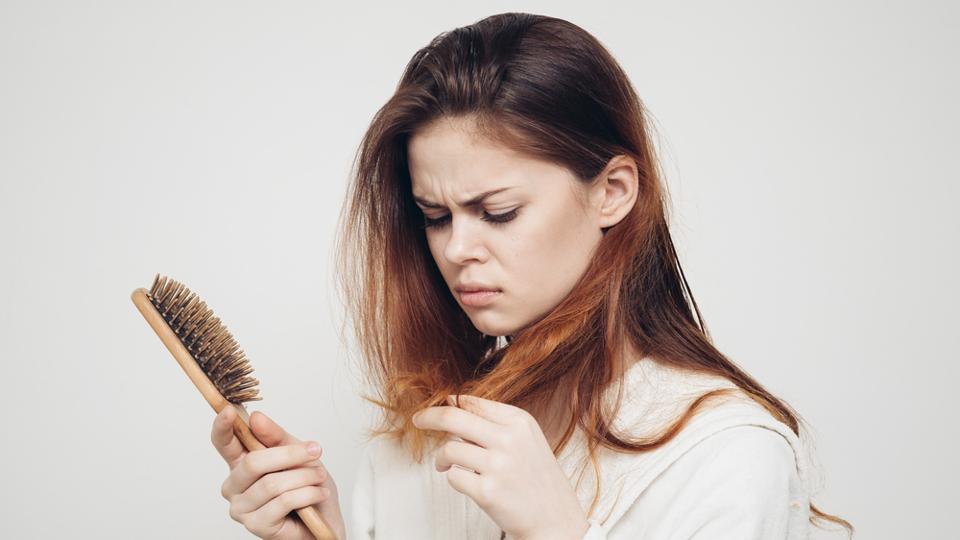Hair loss is classified by dermatologists as indicated by which part of the hair growth cycle is influenced. Take in more about hair loss in connection to these hair growth cycles, what recognizes typical hair loss from irregular hair loss, and what hair growth stage is influenced when your hair won’t grow past a specific length.
We as a whole lose a specific measure of hair every day – somewhere in the range of 50 to 100 to 125 hairs. Actual hair loss happens when these hairs we lose don’t grow back, or when the measure of hair we lose every day surpasses this typical range.
Hair loss can happen because of drugs, for example, chemotherapy treatments or blood thinners, which can harm the telogen hairs, or stop the characteristic cell division that at that point produces debilitated hair that is defenseless to breaking. High measurements of vitamin A can prompt hair loss also. The most widely recognized kind of hair loss, however, is the increasingly hair follicles entering what is known as the resting stage (telogen stage) in the hair growth cycle.
Generally, hair grows consistently from the scalp, but it moves from the scalp in 3 stages. Hair isn’t all uniformly in one stage. Different parts of the scalp will be in different stages, so at any one time you ought to have hair follicles in each of the 3 stages. For the most part, most (90%) of the hair will be in the anagen stage, 10 to 14% of the hair will be in the telogen stage, and just 1 to 2% of hair in the catogen stage.
The main stage is the Anagen stage, which is the growth stage. This can last anyplace in the vicinity of 2 and 8 years. A shorter anagen stage will restrict to what extent your hair can grow. Hair cells at the root separate quickly, which protract the hair shaft.
In the following stage, the catagen stage, the external foundation of the hair follicle appends to the base of the hair. Hair growth stops here. This stage keeps going 1 to 2 weeks.
The telogen stage is the resting stage. This keeps going from 5 to a month and a half in typical hair. Hair doesn’t grow in this stage, but it remains immovably established in the scalp as long as the follicle remains in a resting stage beneath it. New growth starts toward the finish of the resting stage, and this is when regular hair shedding will happen, as the new growth drives the old hair out.
In male baldness, more hair enters the telogen stage. This impacts of this are an expansion in hair shedding. Hair gradually winds up more slender and shorter, and at last, the hair follicles close down.

